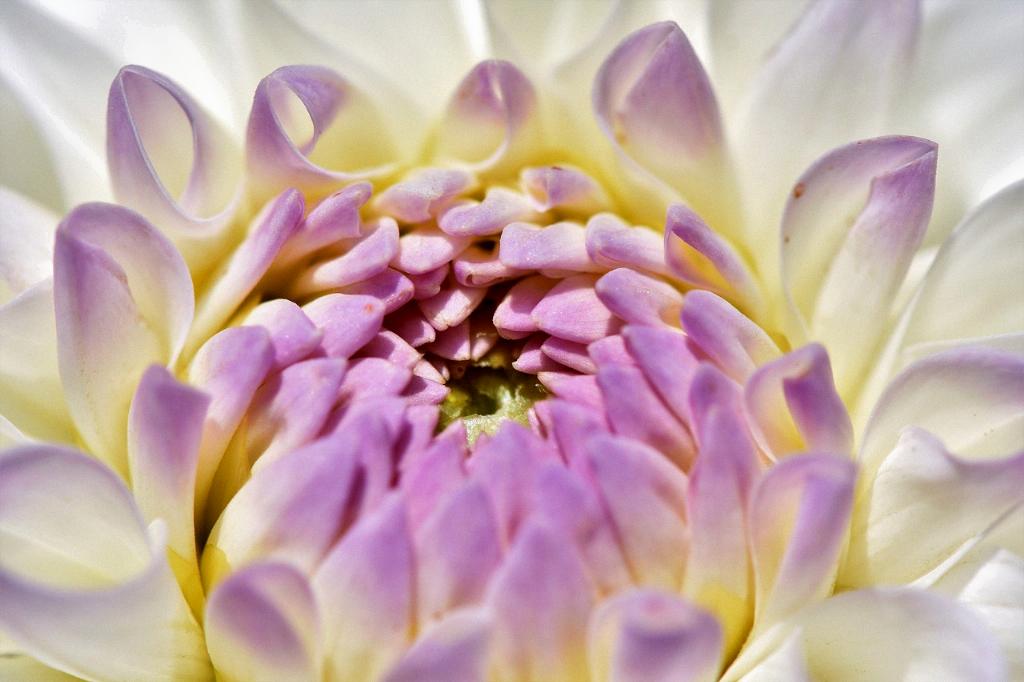When it comes to identifying Dahlia leaves, there are several key characteristics to look out for that can help you distinguish them from other plants in your garden. One of the most notable features of Dahlia leaves is their unique shape and texture.
Dahlia leaves have a distinct appearance that sets them apart from other plant varieties. One of the key things to look for is the serrated edges of the leaves, which become more pronounced as the plant matures.
Another important characteristic to take note of is the texture of Dahlia leaves. Younger leaves tend to be more spongy-looking, while mature leaves have a thin, glossy texture with slightly indented veins.
One of the easiest ways to identify Dahlia leaves is by looking at the arrangement of the veins on the foliage. As the plant grows, the leaf veins become more indented on the newer foliage, making them stand out more against the glossy surface of the leaves.
It’s also worth noting that Dahlia leaves are compound in structure, meaning that each leaf is made up of multiple leaflets attached to a central stem. This compound nature is another key feature that can help you identify Dahlia leaves in your garden.
When observing Dahlia leaves, pay close attention to their overall size and shape. Younger leaves may be smaller and more rounded, while mature leaves tend to be larger and have a more elongated shape.
In addition to their physical characteristics, Dahlia leaves also vary in color depending on the variety. Some Dahlia leaves may be a deep, rich green color, while others may have hints of purple or bronze in their foliage.
Another important aspect to consider when identifying Dahlia leaves is their growth pattern. Dahlia plants typically produce new leaves from the center of the plant, with older leaves gradually yellowing and dropping off as new growth emerges.
It’s a good idea to familiarize yourself with the specific characteristics of the Dahlia plant you are growing, as different varieties may have slightly different leaf shapes and colors.
Overall, by paying attention to the serrated edges, glossy texture, indented veins, compound structure, size, shape, color, and growth pattern of the leaves, you can confidently identify Dahlia leaves in your garden with ease.
Next time you’re out in your garden, take a closer look at the leaves of your Dahlia plants and see if you can spot these distinctive features that set them apart from other plants in your garden.

